6 min read
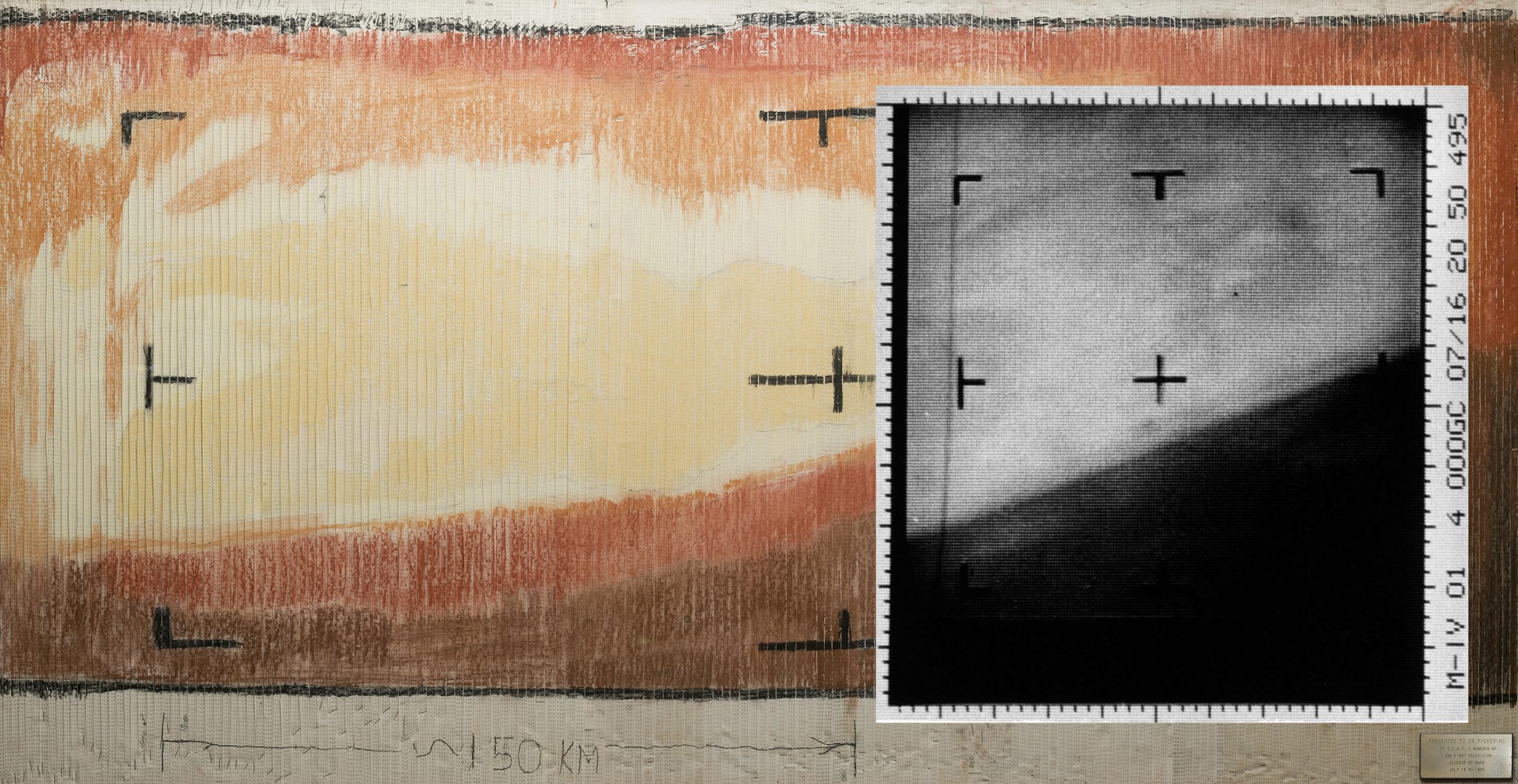
Sixty years ago, NASA's Mariner 4 captured groundbreaking views of the Red Planet, leading to a steady stream of advances in the cameras used to study other worlds.
In 1965, NASA's Mariner 4 mission brought Mars into American living rooms, where TV sets showed fuzzy black-and-white images of a cratered landscape. The spacecraft took 21 complete pictures - the first ever captured of another planet - as it flew by as close as 6,118 miles (9,846 kilometers) above the surface.
The mission team couldn't wait to see what the camera aboard the spacecraft would return. When the actual images were delayed, they went so far as to create a color-by-numbers image, assigning hues to specific values in the data.
Their handiwork wasn't far off, and the barren landscape Mariner 4 captured ignited the imaginations of future scientists and engineers who would go on to work on a succession of missions, each revealing Mars in a way it had never been seen before.
Millions of Mars images have been taken since then, many of which are captivating in their own way. The images that follow highlight some of the "firsts" in the way the agency has used imaging to help unlock the secrets of Mars.
Viking 1 Sets Foot on Mars
July 20, 1976
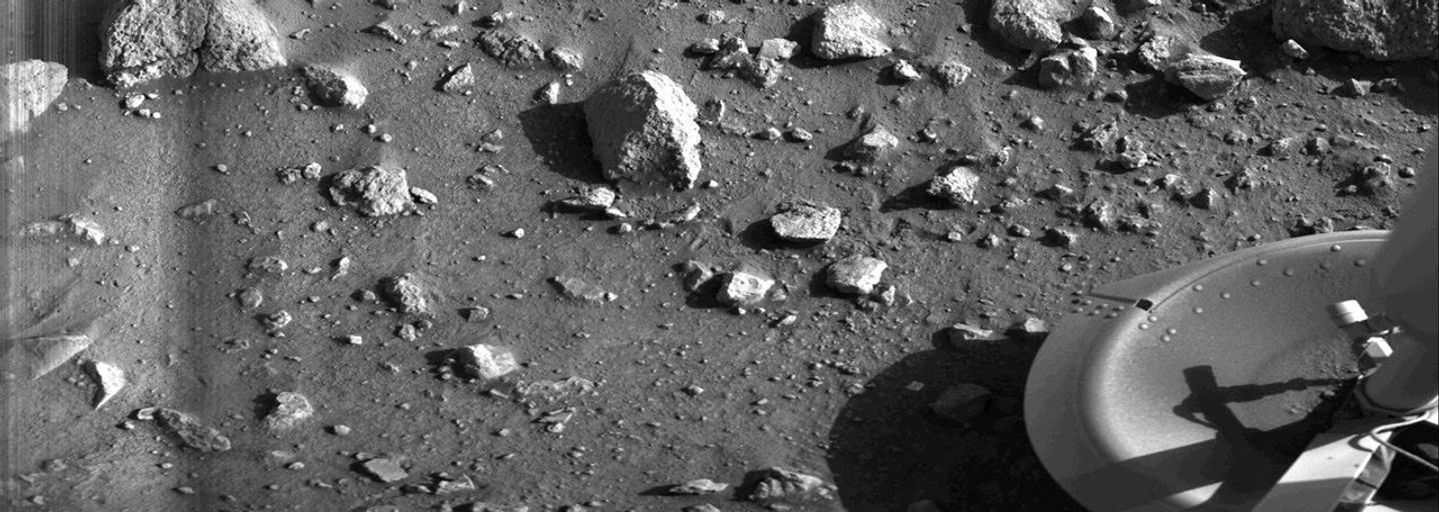
Viking 1 became the first spacecraft to touch down on Mars on July 20, 1976. The first high-resolution image it sent to Earth captured a dry, rocky landscape that dashed any hope among scientists of discovering life on the surface. But the crisp images that followed from the lander's 360-degree cylindrical scan camera underscored the scientific value of seeing Mars from the ground and generated excitement for a more ambitious visit: a robotic spacecraft that could drive across this alien world.
Portrait of Mars by Viking 1 Orbiter
1980
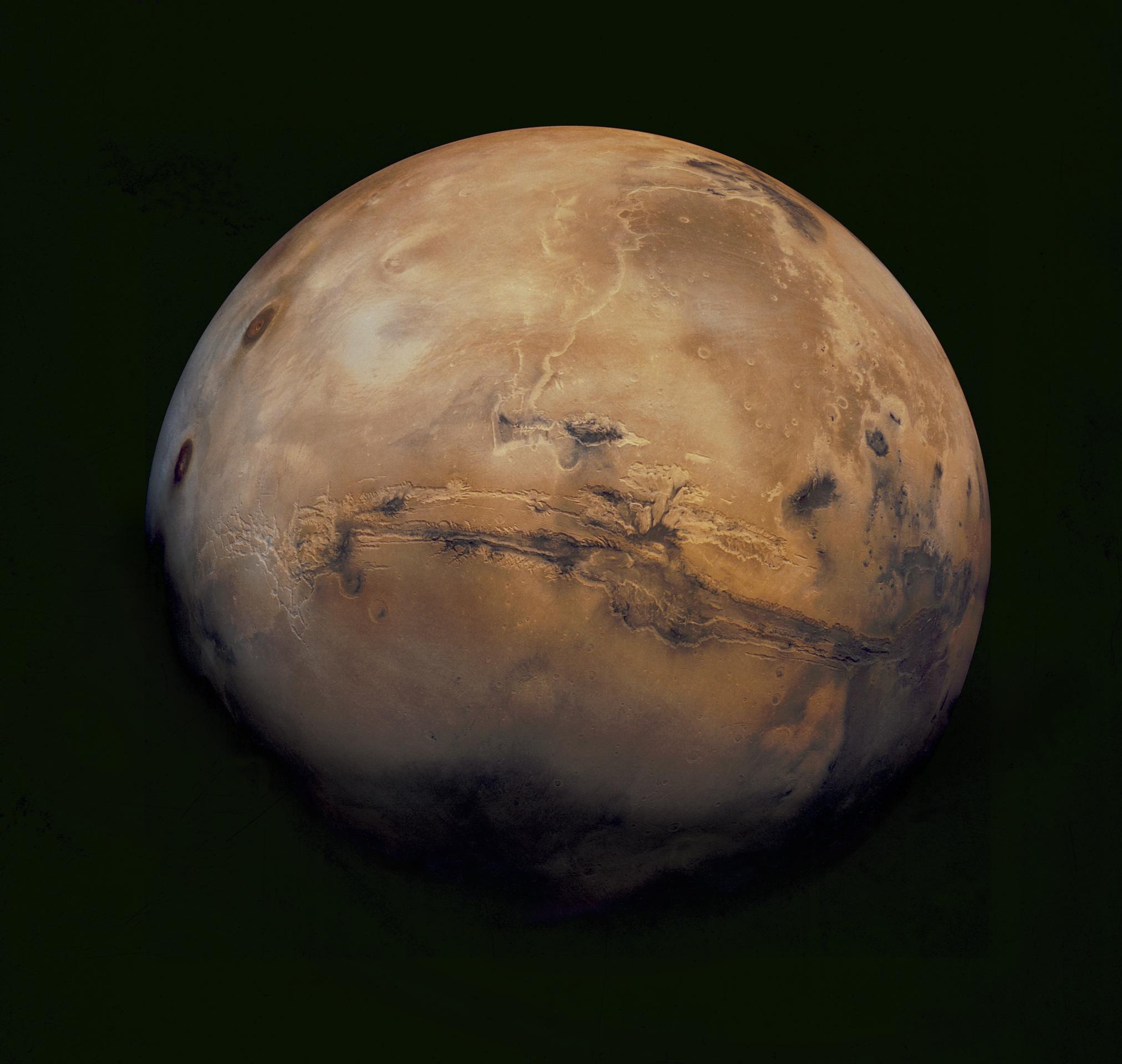
When the twin Viking landers arrived at Mars, each descended from an orbiter that used cameras to map Mars in a way Earth-based telescopes couldn't. They began capturing images before the landers even touched down, continuing until 1980. That year, the Viking 1 orbiter captured images that were later stitched into a defining portrait of Valles Marineris - the "Grand Canyon of Mars."
Sojourner Starts to Explore
July 5, 1997

By the time NASA returned to the Martian surface in 1997 with the Pathfinder lander and its microwave-oven-size Sojourner rover, much had changed on Earth since Mariner 4's images beamed to TV viewers: Now, the internet was bringing around-the-clock news to personal computers, allowing a young generation of space fans to witness the tentative first steps of a new form of planetary exploration. The panoramic images from the ground were the first since Viking and, as part of NASA's "faster, better, cheaper" initiative, offered more detail and a comparatively lower cost.
Opportunity Spots Passing Dust Devil
March 31, 2016
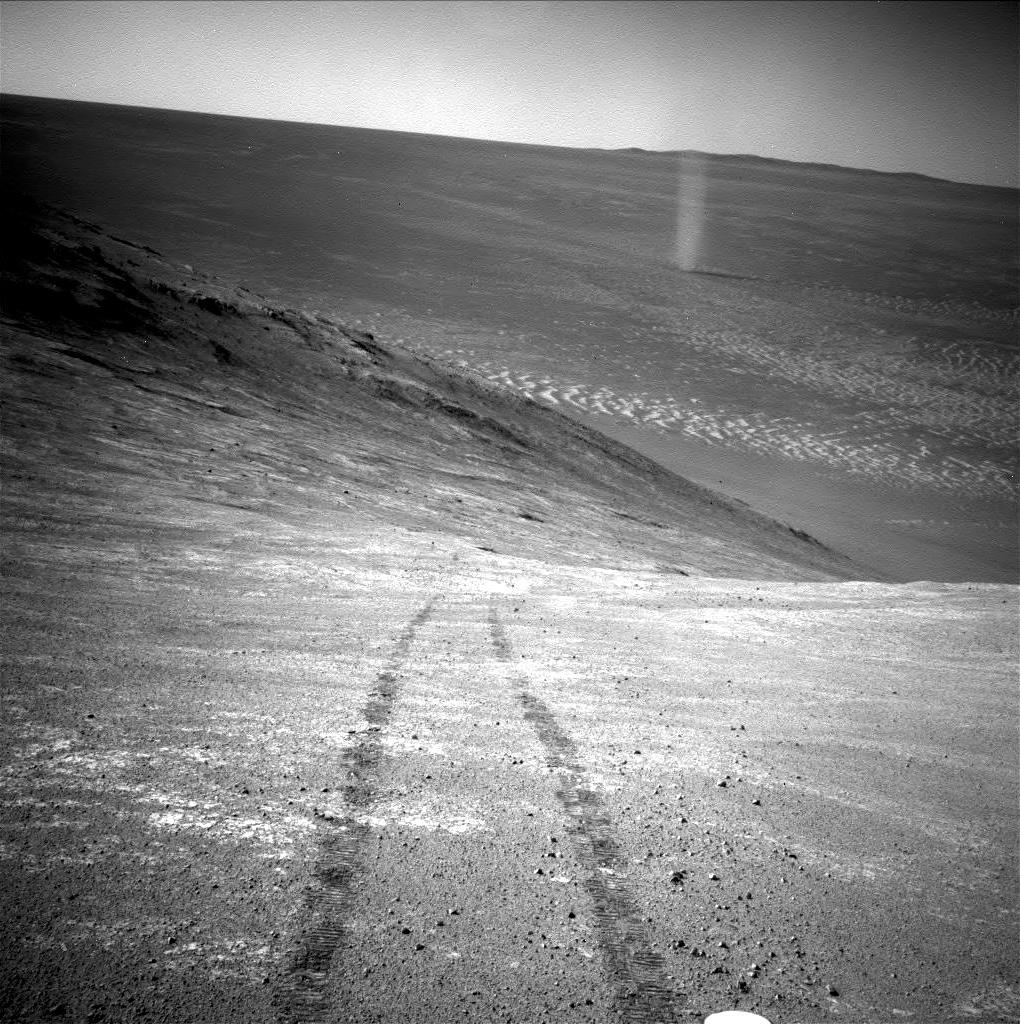
In 2004, NASA's golf-cart-size twin rovers Spirit and Opportunity set down on the Red Planet, beginning a new phase of Martian exploration. Equipped with both mast-mounted panoramic and arm-mounted microscopic imagers, the roving spacecraft let scientists, engineers, and the world discover new terrain each day. They captured colorful views of Martian vistas and revealed details of pebble-size "blueberries." Mars was beginning to feel less like an unfamiliar world than a place with recognizable landmarks.
MRO's HiRISE Views Victoria Crater
July 18, 2009

Since Viking, a series of increasingly advanced orbiters have arrived at Mars with new science tools and cameras. Using increasingly sophisticated imagers, they have mapped the planet's hills and valleys, identified significant minerals, and found buried glaciers. A camera that has been in operation aboard NASA's Mars Reconnaissance Orbiter since 2006, the High-Resolution Imaging Science Experiment (HiRISE) frequently captures individual dunes, boulders, and craters, as with this picture of Victoria Crater, revealing features that had been blurry in previous images. The camera has also identified landing sites and places where future rovers (perhaps even astronauts) could explore.
Curiosity, Perseverance Bring More Cameras and Color
Aug. 5, 2012 and Feb. 18, 2021


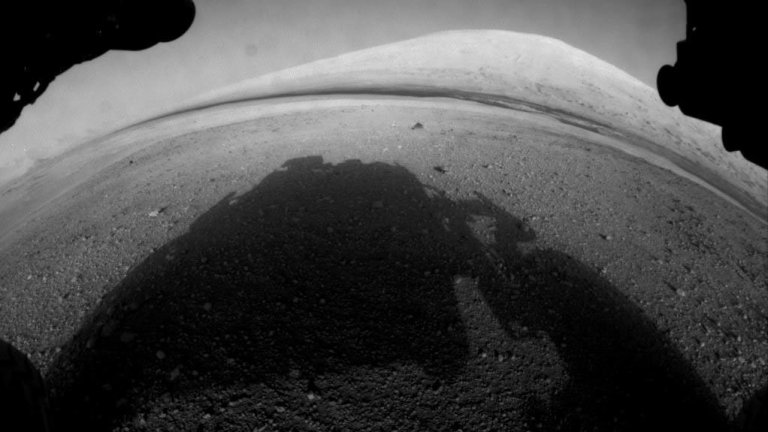
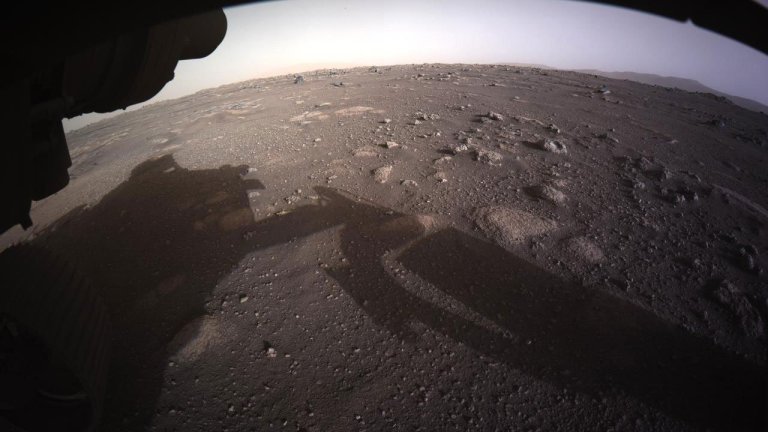


More Cameras, More Color
Both Curiosity and Perseverance arrived at Mars (in 2012 and 2021, respectively) loaded with cameras that pack millions of pixels into their images and peer farther into the distance than Spirit or Opportunity ever could. They also feature upgraded arm-mounted cameras for studying fine details like sand particles and rock textures. Perseverance took a step beyond Curiosity in several ways, including with high-speed cameras that showed its parachute deploying and its rocket-powered jetpack flying away during entry, descent, and landing on Mars. Another advance can be seen in each vehicle's hazard-avoidance cameras, which help rover drivers spot rocks they might bump into. As seen in the first images each rover sent back, Curiosity's black-and-white cameras were upgraded to color and higher resolution for Perseverance, providing clearer views of the surface.
Ingenuity Spots Perseverance at Belva Crater
Aug. 22, 2023
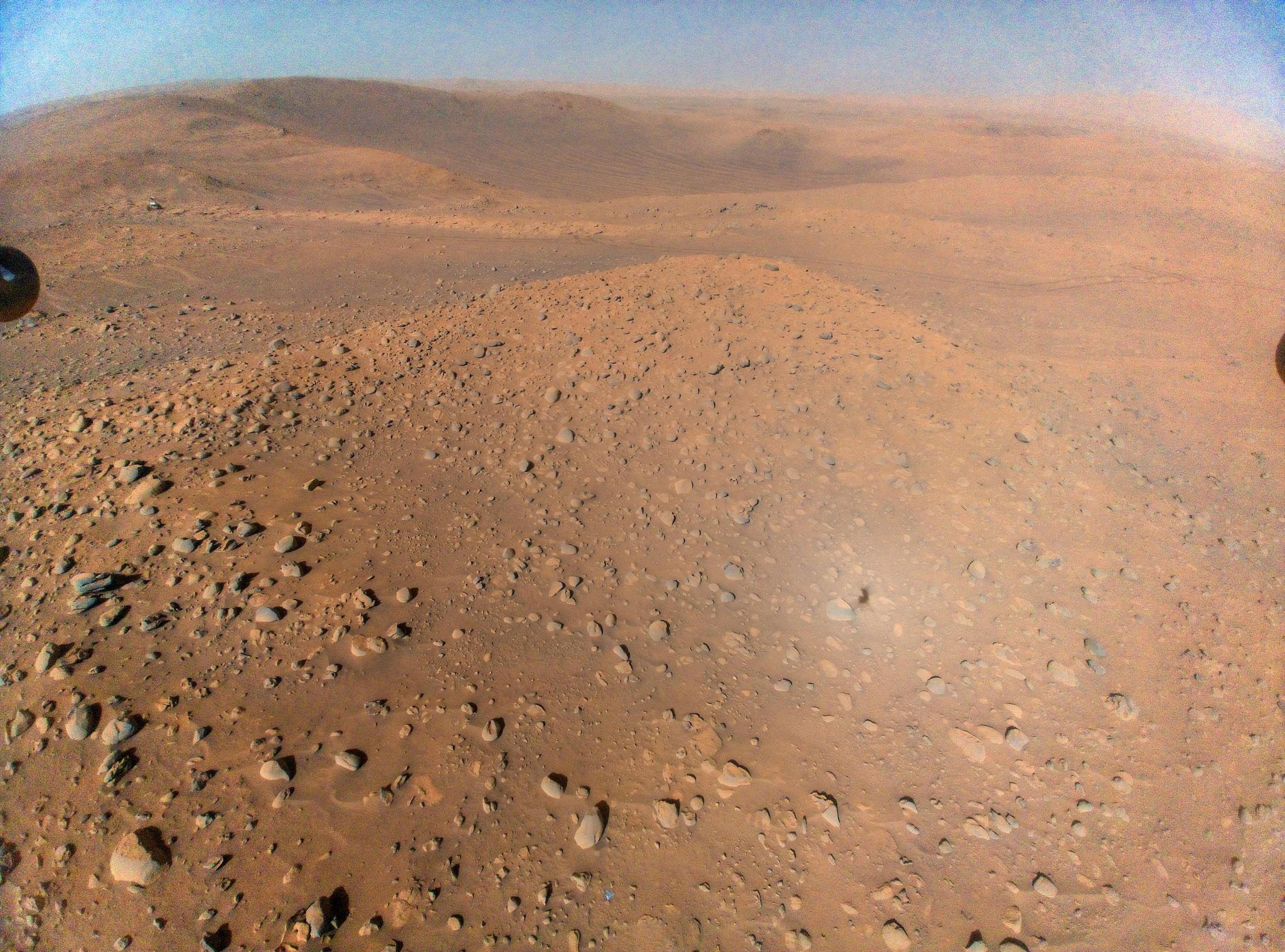
Just as Pathfinder brought the tiny Sojourner rover to Mars, NASA's next-generation Perseverance rover carried the Ingenuity helicopter. Along with proving flight in Mars' thin air was possible, Ingenuity used a commercial, off-the-shelf color camera to take aerial views over the course of 72 flights. During one of those flights, Ingenuity even spotted Perseverance in the distance - another first on the Red Planet. Future Mars helicopters might be able to scout paths ahead and find scientifically interesting sites for robots and astronauts alike.
More About These Missions
NASA JPL, which is managed for the agency by Caltech in Pasadena, California, built Mariner 4, the Viking 1 and 2 orbiters, Pathfinder, Sojourner, Spirit and Opportunity, Curiosity, Perseverance, and Ingenuity. It continues to operate Curiosity and Perseverance.
Lockheed Martin Space in Denver built MRO and supports its operations, while JPL manages the mission. The University of Arizona, in Tucson, operates HiRISE, which was built by BAE Systems, in Boulder, Colorado.
The Viking 1 and 2 landers were built by Martin Marietta; the Viking program was managed by NASA's Langley Research Center in Hampton, Virginia. JPL led operations for the Viking landers and orbiters.






